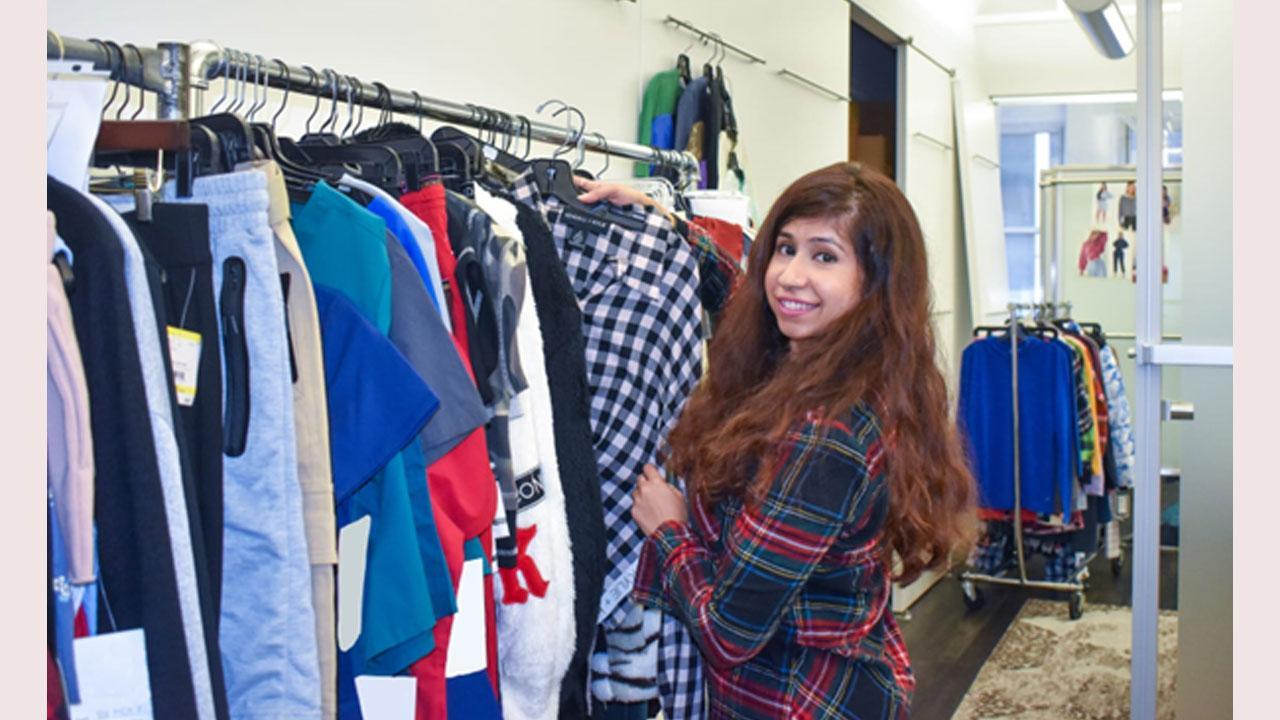The rise of fast fashion means that brands are increasingly turning to low-cost fabric to cut corners and speed up manufacturing processes.

Have you ever picked up a garment and done a double take on the sticker price? Lots of factors play into the price – and value – of a garment, but the most important is the fabric. The rise of fast fashion means that brands are increasingly turning to low-cost fabric to cut corners and speed up manufacturing processes.
We’ve spoken to an industry insider and fashion consultant, Kenchen Bharwani, for her advice on how to tell if a brand is using low-cost fabric. As a fashion consultant, Kenchen is a leading specialist within off-price fashion, expanding product lines with a focus on upcycling fabrics and tracking trends to quickly pivot to products that offer the best value for money.
ADVERTISEMENT
1. The ‘hand feel’ test
One factor that Kenchen points out is hand feel. While a fabric might look expensive, the real test is how it feels to the touch. The fabric should feel soft and smooth against the skin. If you’ve ever put on a garment that feels itchy or uncomfortable, you’ll realize you have a poor quality fabric in hand.
Test your fabric by feeling around it, putting it against your skin, and watching how it behaves as you move it. If the fabric feels rough, stiff, and scratchy, it’s likely inexpensive and unlikely to last.
2. Weave and thread count
The quality is in the detail. Kenchen recommends getting up close and personal with your fabric, paying extra attention to the tightness and consistency of the weave, as well as the how high the thread counts are as these are indicative of higher quality craftmanship and increased comfort. Low-cost fabric is made without the same care as its more expensive counterparts.
Fabrics with loose or uneven weave would fray or pill easily overtime. These can lower the quality and look of an overall garment.
3. Fiber content analysis
If you’ve ever purchased clothing from fast fashion retailers like Shein, you’ve probably come across a garment that feels practically translucent. These low-cost fabrics are made as thinly as possible and does not pass the stretch and recovery test.
High quality fabrics are generally made using natural fibers like cotton. They’re not only durable but also comfortable and it returns well to its original shape when stretched gently. Low density garment on the other hand, are often, really thin and made using a blend of synthetic fibers, and are more prone to pilling, fading, and shrinking.
4. Seams and stitching
While we’re all trying to snatch a bargain, one you want to be extra careful with are the details in the fabric, particularly the finishing details. High-quality fabrics are usually finished with care and precision.
Based on Kenchen’s experiences, she explains that high-quality fabrics would generally have smooth, well-finished edges and seams from neat stitching with special techniques of careful hemming, lining or serging which improve their appearance and durability. Loose threads, uneven seams, or signs of fraying can be signs of sloppy construction and can cause the fabric to deteriorate quickly.
Knowing how to spot low-cost fabric will help you decide which garments are worth investing in, whether it’s at off-price retailers or your favorite department store. Use our industry insider advice above to spot brands using low-cost fabric.
 Subscribe today by clicking the link and stay updated with the latest news!" Click here!
Subscribe today by clicking the link and stay updated with the latest news!" Click here!








